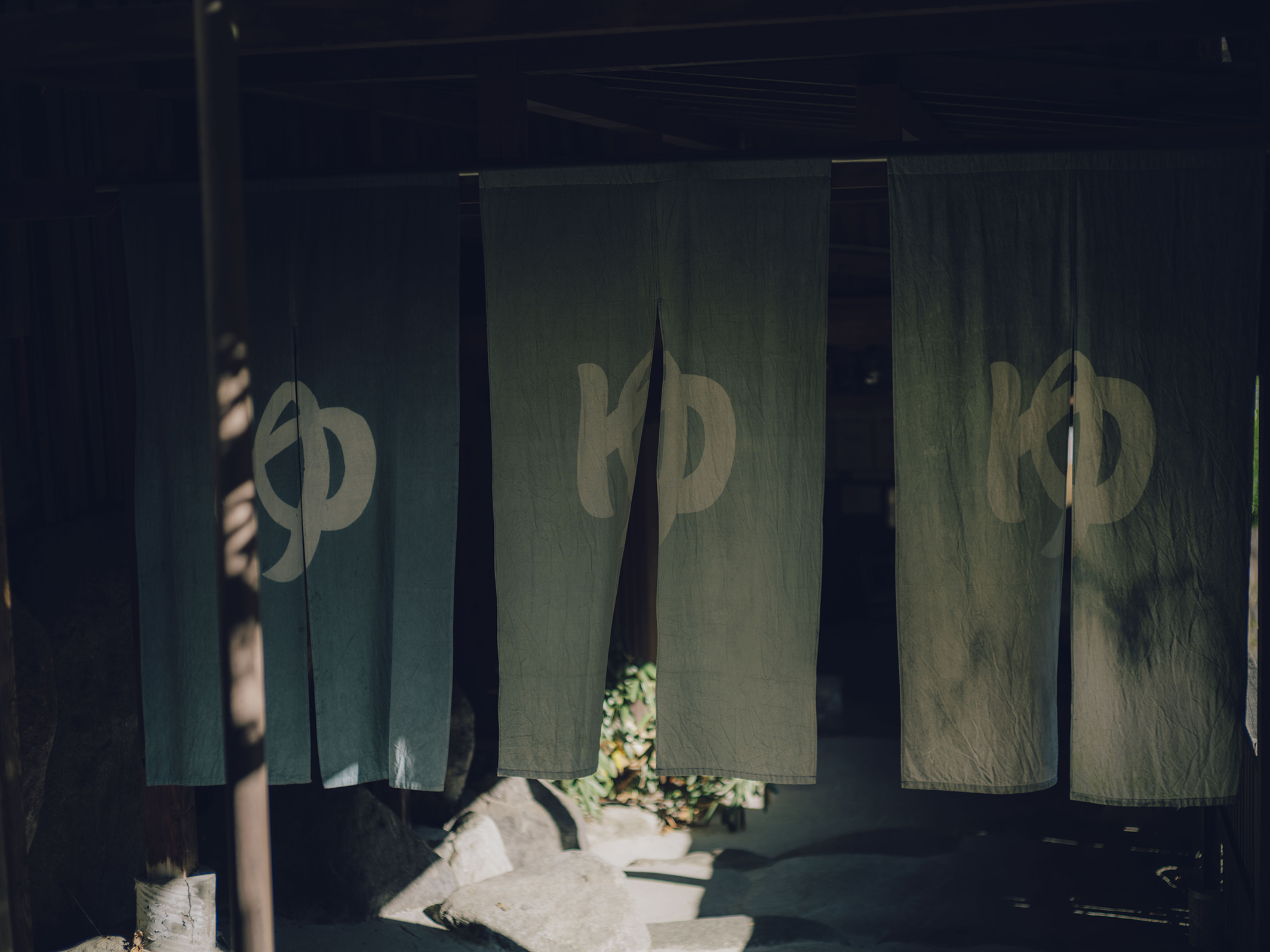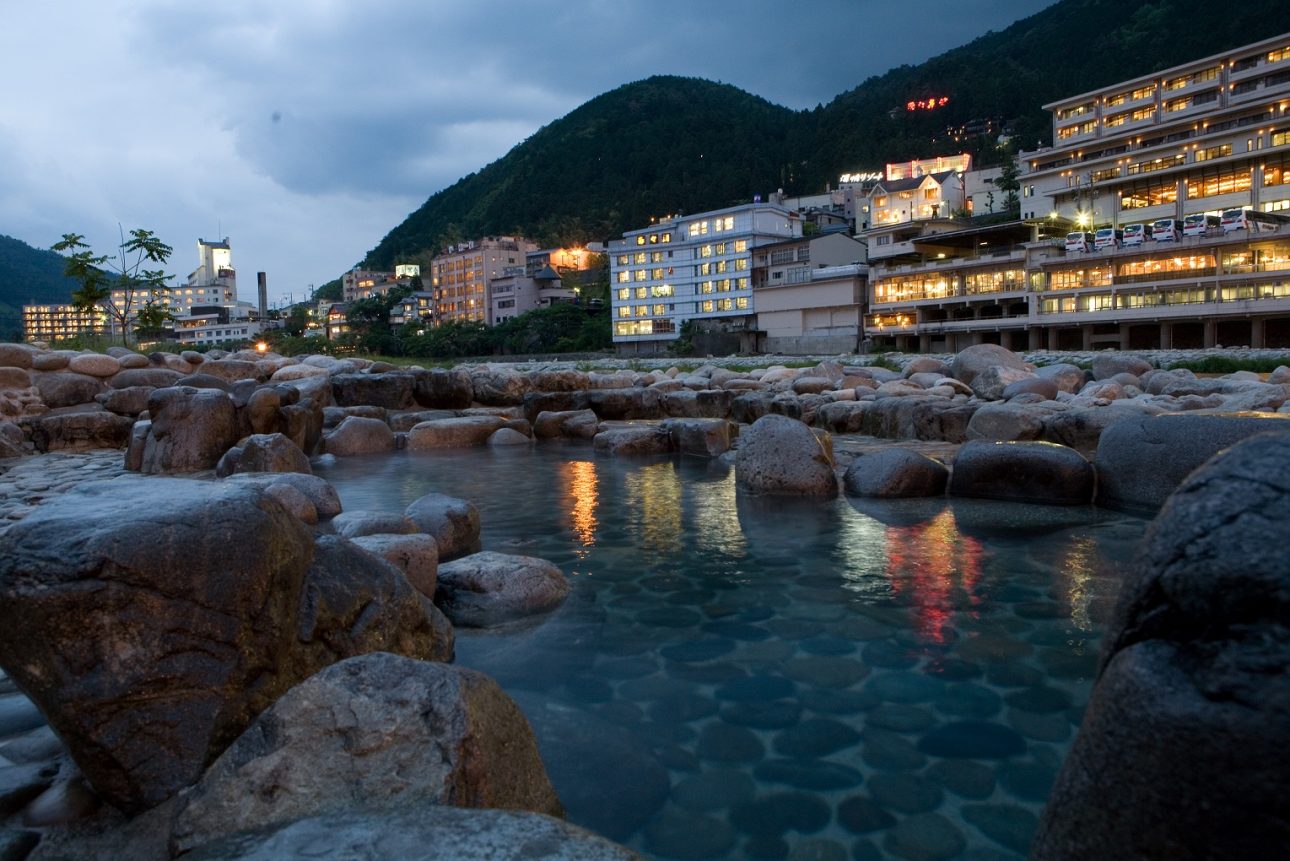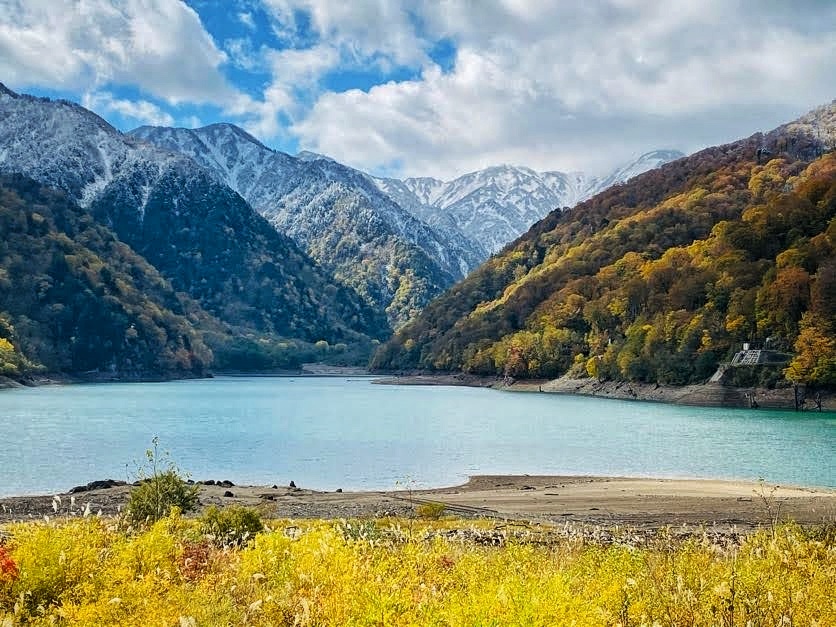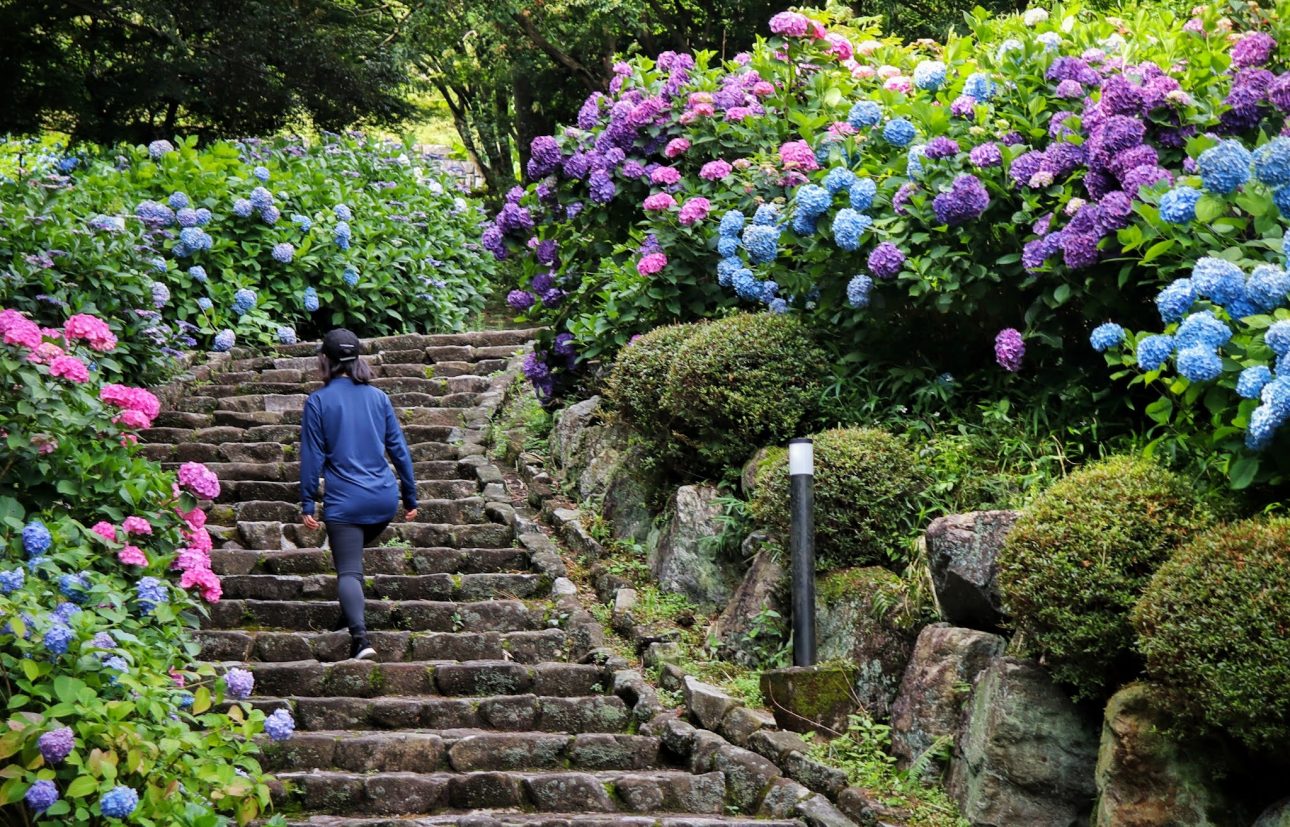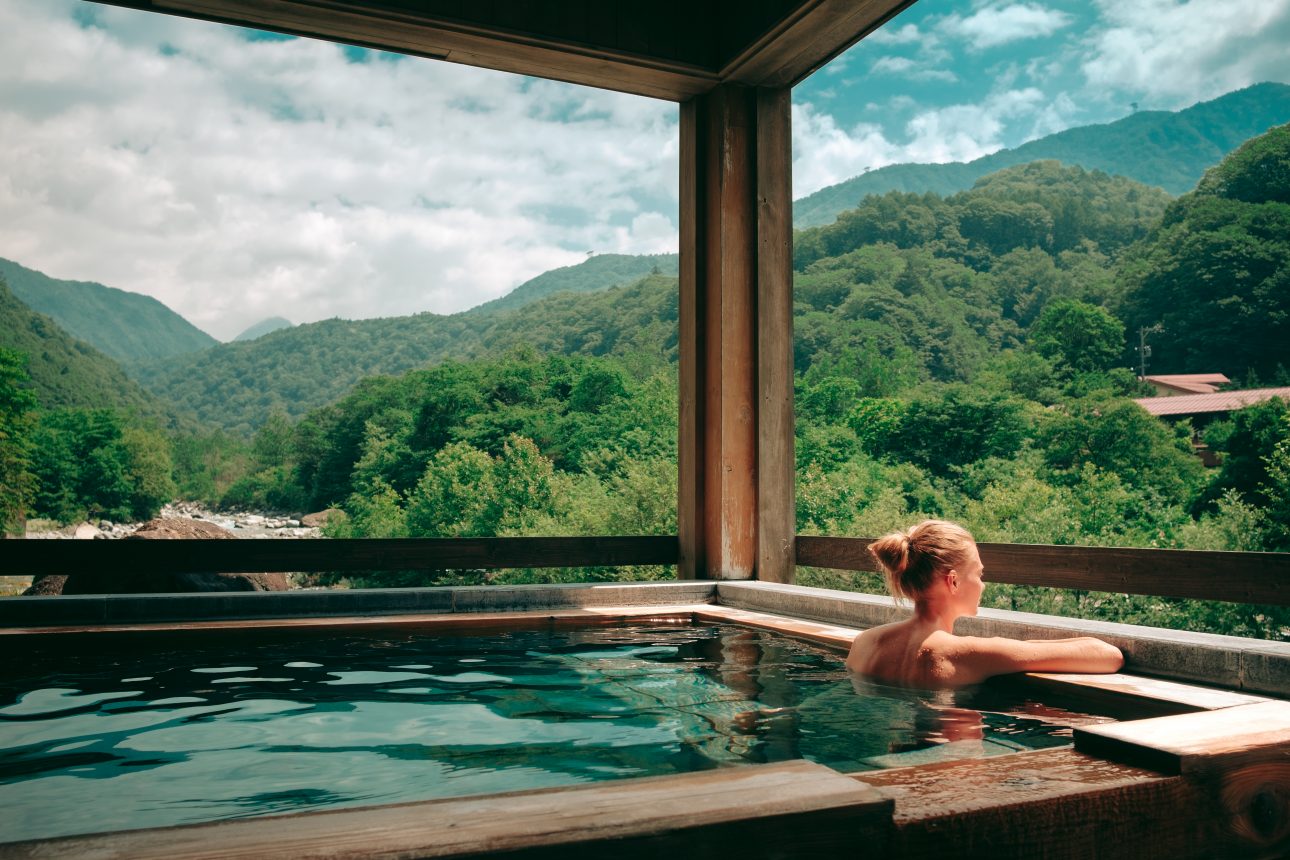One of the highlights of any trip to Japan is relaxing in a soothing hot spring. Japan is blessed with a multitude of hot springs, or onsen. You can find hot springs in Japan in places like cities, forests and by the coast but one of the best places to enjoy them is in and around the mountains. Not only is Gifu Prefecture filled with nature’s bounty, with over 80 percent of its land consisting of mountains and forests – it’s rich in hot springs as well as the history and culture surrounding them. Learning how to enjoy and benefit from onsen is one of the best ways to understand the art of Japanese relaxation and broader elements of Japanese culture. This article introduces selected Hot Springs in Gifu along with the communities surrounding them, traditions and crafts.
Onsen can be grouped according to different categories. For instance, indoor or outdoor (rotenburo), geography, hot springs characteristics and benefits, such as relief from muscle pain, neuralgia and other ailments.
Before entering a hot spring in Japan, you should remember a few general rules: always respect the gender separation of baths (though some are mixed), always wash and rinse off before getting in the bath, don’t bring any clothing or towels into the bath, and and respect the quiet atmosphere.
Nagaragawa Onsen: Where hot springs meet traditions and crafts
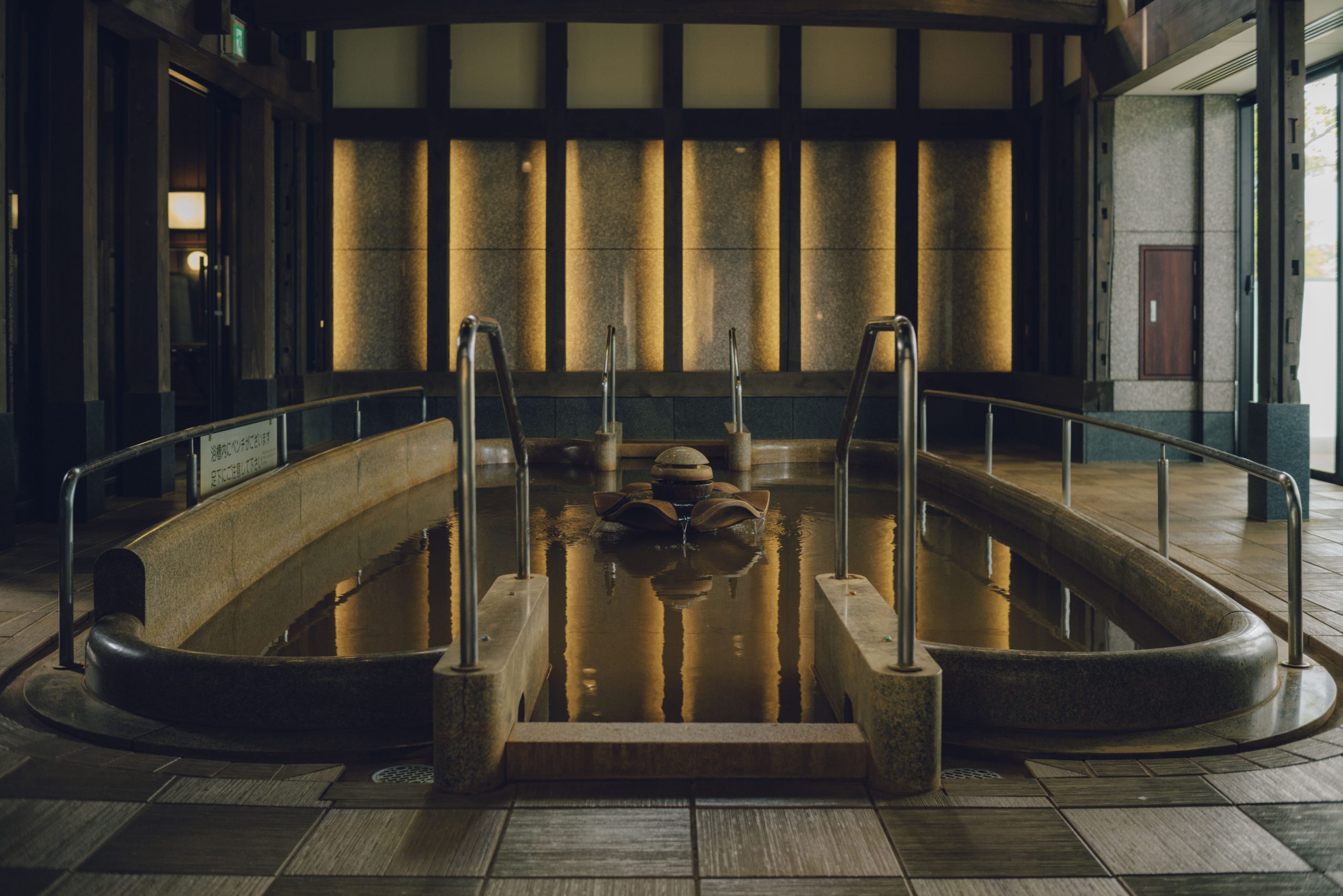
Nagaragawa Onsen is a hot springs area in Gifu City by the Nagara River and Mount Kinka, which is topped by Gifu Castle, once the home of the famous Japanese warlord Oda Nobunaga (1534–1582). Between a major population center, Nagoya, and the mountainous interior of Gifu Prefecture to the north, Nagaragawa Onsen presents a delightful mix of hot springs, history, tradition and craftsmanship that visitors can enjoy without having to travel a great distance; Gifu City is about 20 minutes by train or 45 minutes by car from Nagoya.
Nagaragawa Onsen is ideal for riverside bathing. Juhachiro is one of the large hot springs hotels and Ryokan inns here that cater to both bathers and enthusiasts of cormorant fishing (see below). The waters at Nagaragawa Onsen are famous for having high iron content and carbonic acid, giving them a rich, terra cotta color. The spring is effective for relieving joint pain and stiffness, as well as recovery from fatigue.

Juhachiro’s large open-air baths have magnificent views over the Nagara River and the mountains to the north. Its Kura-no-yu features terra cotta springs bubbling up inside a 120 year-old earthen storehouse. What was once a symbol of wealth is now an exclusive place to decompress in a unique piece of architecture.
The 166-kilometer Nagara River is said to be one of the three clearest rivers in Japan, and has long been famous as a bathing spot. It’s prime location for catching ayu sweetfish with trained cormorants. Cormorant fishing, or ukai, has a history and tradition of over 1,300 years, and master fishermen who practice it receive patronage from the Imperial Household Agency. Dressed in traditional attire, the fishermen set out at night in long wooden boats with flaming braziers hanging over the river. As the light from the flames attracts sweetfish and other river fish, the fishermen deploy about a dozen cormorants into the water. A painless, flexible snare around the cormorant’s neck keeps the fish in a pouch by its throat, so it can later be retrieved by the fishermen.
Visitors can watch the dramatic spectacle of firelit fishing as it unfolds by traveling alongside in a touring boat. Not only that, but they can also enjoy the freshly caught sweetfish as part of the seasonal kaiseki multicourse cuisine in hotels such as Usho No Ie Sugiyama, which is located in the same riverside neighborhood where six masters of cormorant fishing, or usho, reside alongside their birds. For the fishermen, preserving this tradition is critical, even as Japan’s population has been in decline.
“The unique characteristic of cormorant fishing in the Nagara River is that it is a hereditary vocation,” says Shuji Sugiyama, a sixth-generation fisherman. “Boys born into a cormorant fishing family are expected to carry on this tradition.”

Cormorant boats are not the only traditional craft on the Nagara River. Downstream from Nagaragawa Onsen is the Obeni no Watashi ferry, a free river crossing. Piloted by a single ferryman, these long wooden crafts date back to the 17th century and were once propelled by poles. They are operated by Gifu City, mainly for the benefit of people who need to cross the river to get to Zuikozan Osshinji Temple, a Buddhist sanctuary on the southern shore. This unique, peaceful mode of transport makes for a welcome change from the rush of fast-moving transportation.
Just below Mount Kinka, the southern bank of the Nagaragawa River provides easy access to craft shops and hot springs. Upstream, Mino City is a production area for handmade Japanese paper made from kozo (paper mulberry). With a history of 1,300 years, Mino washi from the city of Mino on the Nagara River found widespread use in paintings, prints, shoji screens, oil-paper umbrellas and paper lanterns. It has been used to restore paintings at the Louvre Museum and for certificates of commendation at the 2020 Tokyo Olympic and Paralympic Games. By the Nagara Bridge, you can feel as if you have been transported back into an Edo period (1603–1868) street lined with wooden, tiled-roof shops focusing on these traditional crafts.
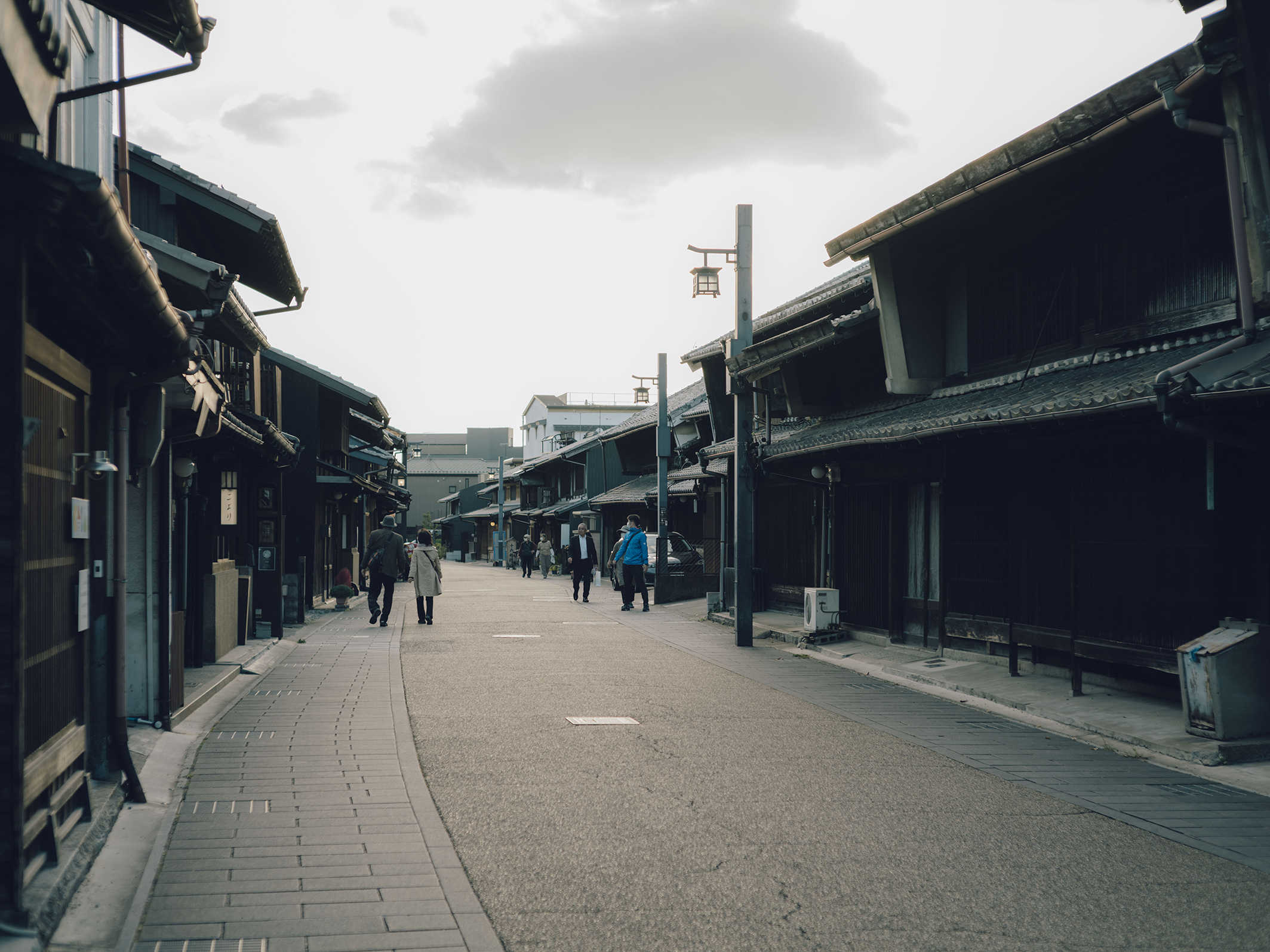
The Nagaragawa Depart, for instance, sells regional crafts and other products ranging from premium Japanese sake to high-quality wooden cutting boards and Isamu Noguchi paper lamps. Another shop nearby devoted to paper crafts is Casa, which specializes in high quality handmade wagasa washi umbrellas that come in waterproof types for rainy days, and higasa parasols for sunny days.
“Wagasa can be fashionable everyday items that anybody can enjoy,” says Casa manager Ikumi Kawaguchi. “Of course, there are days when Western umbrellas are more convenient but we would like customers to have fun with wagasa come rain or shine.”
Sweets and Sustainability at Gero Onsen
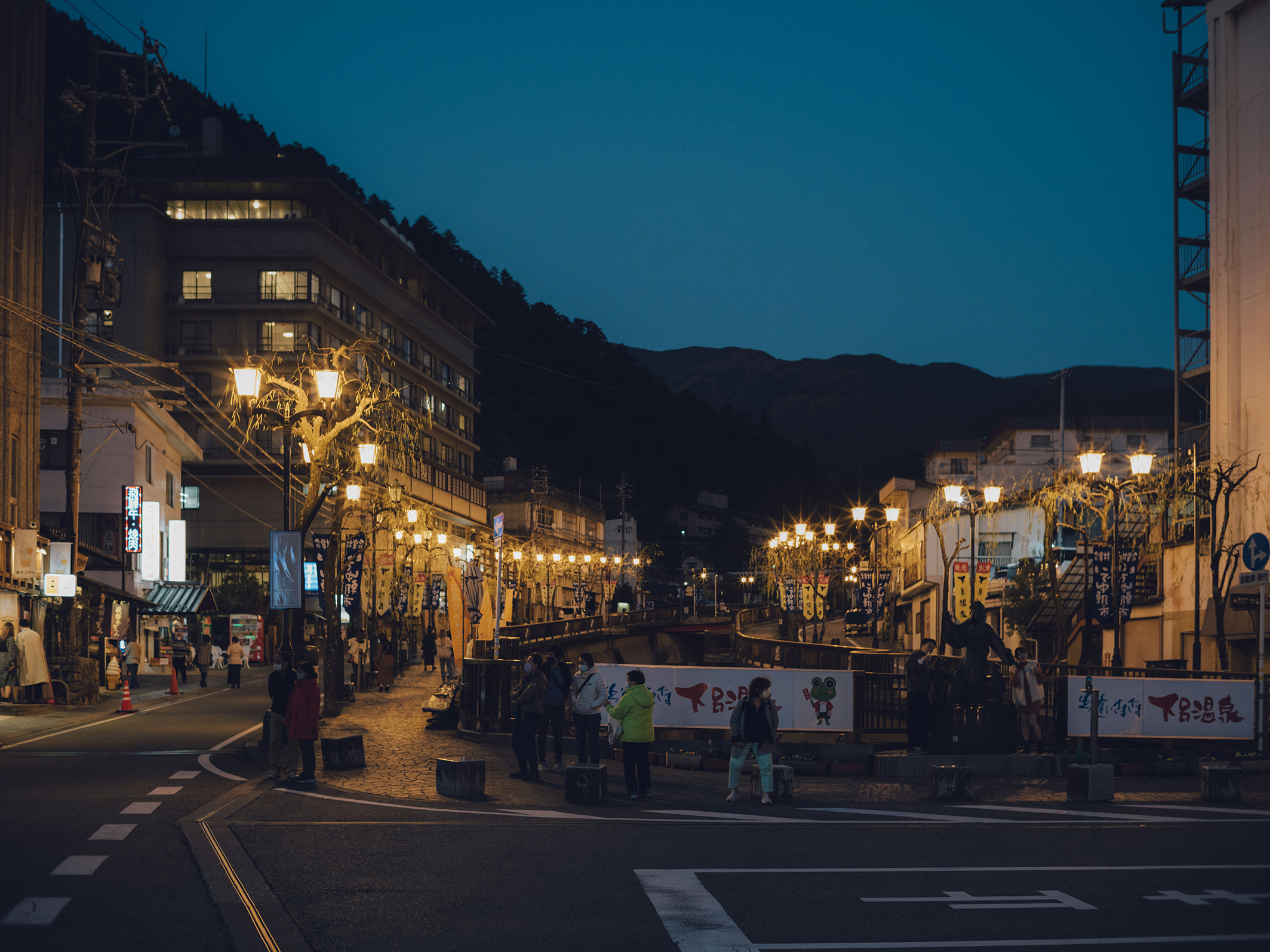
Travelers who venture further north into Gifu will find a remarkably different environment as they go deeper into the hills. Begin at the hot spring town of Gero, a mountainous town straddling the Hida River that is easily accessible by rail from Nagoya in only 90 minutes.
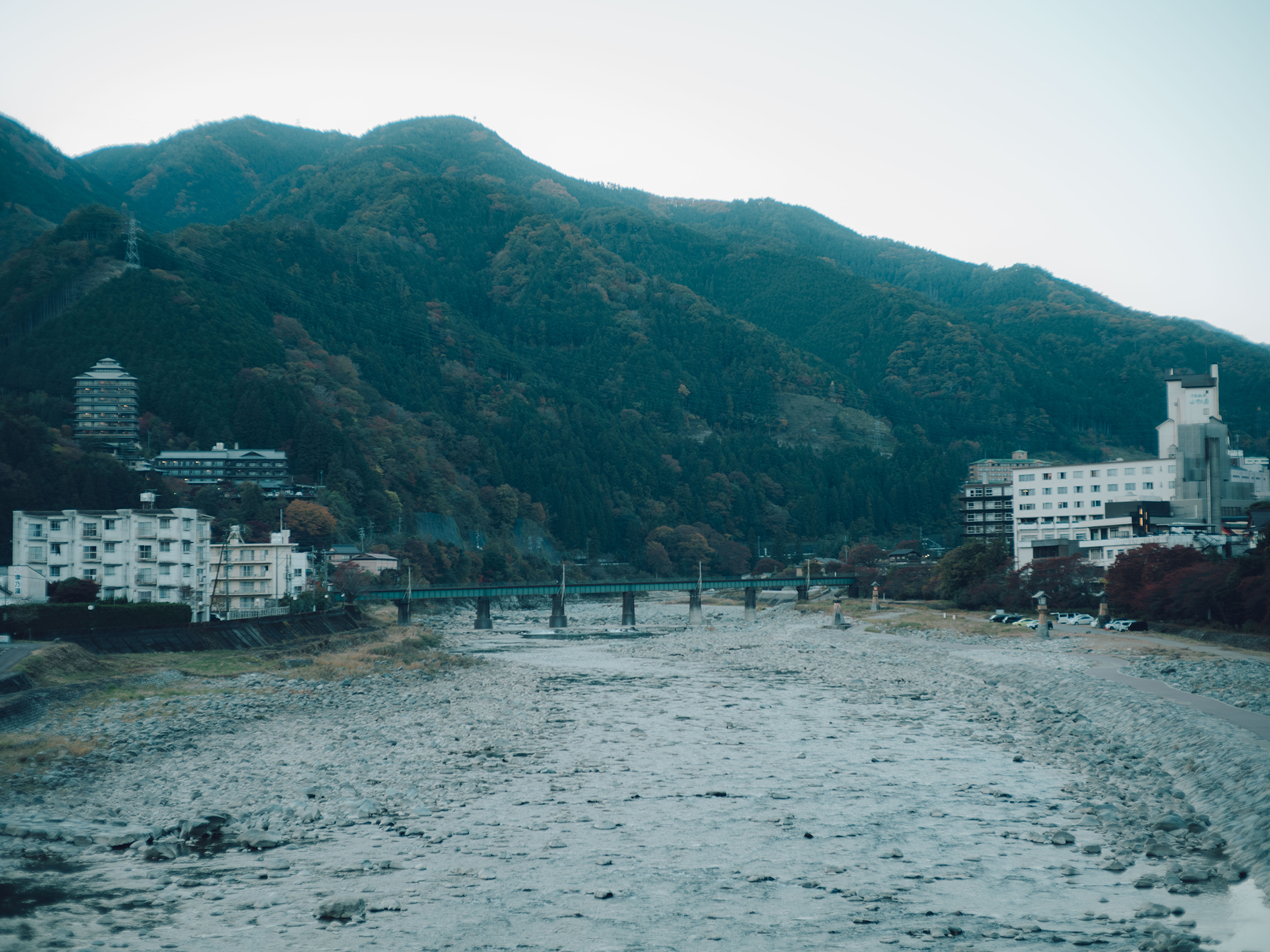
Recorded in historical texts going back as far as the 8th century, Gero Onsen is one of the three most famous hot springs of Japan. In a reflection of its value to modern travelers wanting to enjoy the benefits of eco-tourism, Gero was named one of the Top 100 Sustainable Tourist Destinations in the World by Green Destinations, an internationally accredited certification body for sustainable tourism. The hot springs here are known for being smooth and silky, and are dubbed the “water of beauties” because they make bathers’ skin equally smooth. Ideal for cycling, the area surrounding Gero is renowned for the Hida Osaka Falls, which includes more than 200 roaring waterfalls, and Maze Village, one of the most beautiful villages in Japan.
If you’re looking to spend some time in absolute luxury, step into the Suimeikan, the grandest hot springs hotel in Gero with 264 rooms and a history of nearly 100 years. A very short distance from Gero Station and the town’s footbaths, it overlooks both the Hida River and a beautifully manicured garden including a traditional chashitsu tea house, guest cottages, and a pool filled with colorful carp. Apart from private baths and a sauna, Suimeikan has three large public baths including a hot spring in a cypress-paneled room and an expansive rotenburo lined by giant stones. After a soak, guests can enjoy seasonal kaiseki cuisine in traditional tatami mat guestrooms with a grand view of the river.

“As we have four main buildings, each with its own large public bath, guests can do an onsen tour right here on the premises,” says Suimeikan marketing director Kazuhiro Yoshida. “We also offer Japanese, French and Chinese restaurants in addition to in-room dining, allowing guests to really customize their stay with us.”
When you’re ready to explore the area after your bath, you can walk around town, decked out in a traditional yukata robe if you like, and dip your feet in one of the many free public footbaths. Indeed, one of the best ways to learn about bathing in Gero is getting your feet wet at Funsenchi, a collection of rocky, open-air footbaths on the banks of the Hida River. Situated by the Gero Ohashi Bridge in the heart of Gero, the soothing footbaths are the perfect place to admire the surrounding mountains and soak up the scenery—literally.
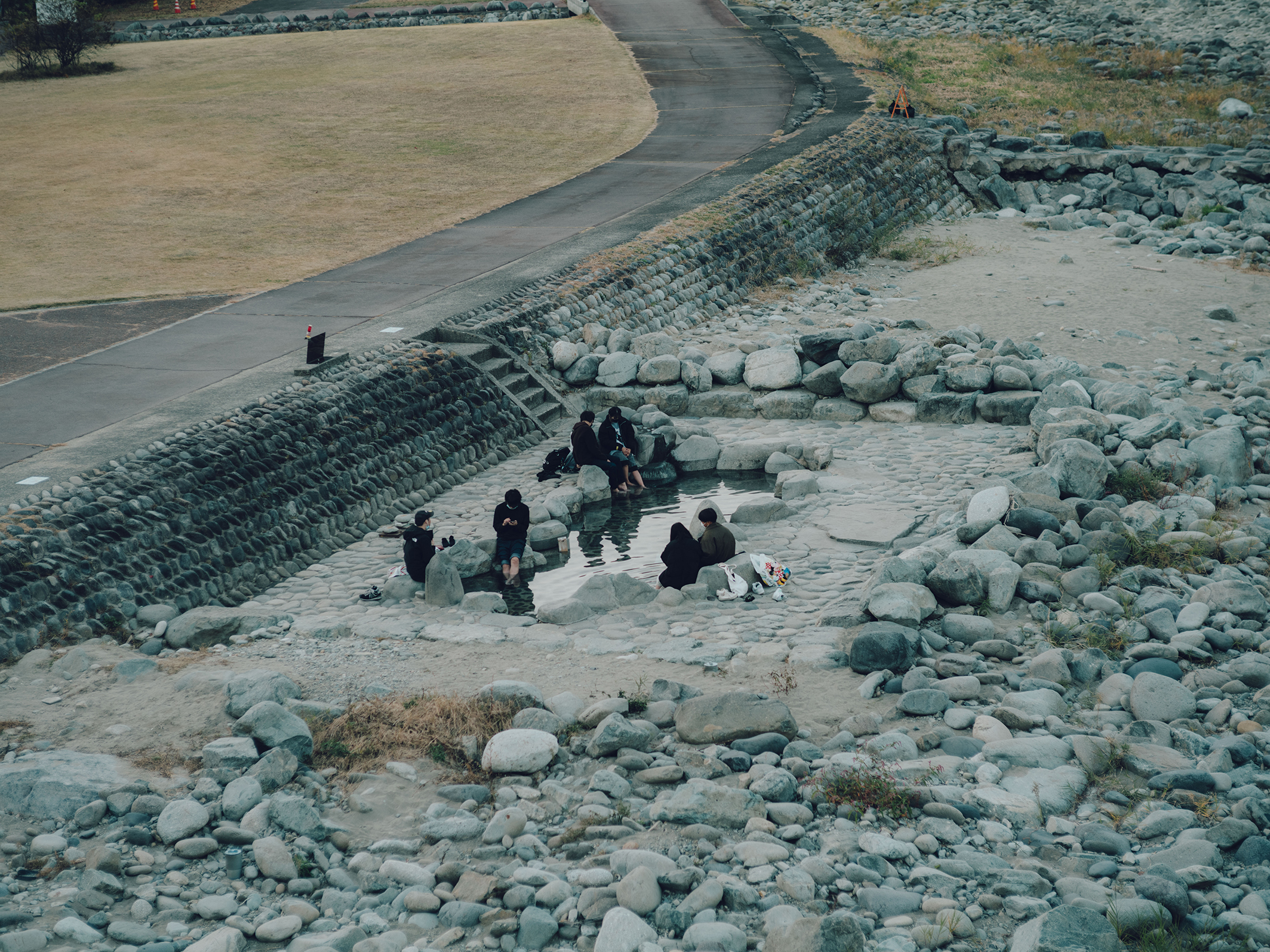
To see how seriously Gero takes bathing, just cross the bridge and walk up to the Gero Hot Spring Shrine, a Shinto place of worship dedicated to the local springs guarded by two stone lions. Further up the road and in the lowest foothills above town, Onsenji Temple is dedicated to Yakushi Nyorai, the Buddha of medicine and healing said to have showed locals the source of the local springs while disguised as a white egret. Accessed via a 173-step stone staircase, the temple grounds offer sweeping views of Gero and are particularly magnificent in autumn when its red maples are illuminated at night.
If you need rest or an energy boost after trekking to the temple, there’s a footbath by Gero Hot Spring Shrine, nestled in a sweets shop. For those with a sweet tooth, Gero has plenty to offer. Yuamiya serves up a surprisingly delicious confection called ontama sofuto, short for onsen tamago sofuto kuriimu. This is a soft serve combined with an egg that has been boiled in hot spring water and brown rice flakes. It’s milky-sweet and comes in plain and miso-sauce varieties. There’s also the rich, smooth Honwaka Pudding, warmed in the local springs.
If you still have a craving for more desserts, head down the street to Gero Gero Butter Stand, another confectionery with its own footbath—this one complete with a plastic calf enjoying a soak. The shop looks like it’s being drowned in a cascade of melting butter, which is appropriate as its specialty is butter cream sandwiches. Perfect with coffee or tea, these buttery treats come in flavors such as pistachio, raisin and berry.
Soaking Up Nature and Tradition at Okuhida Onsen-go
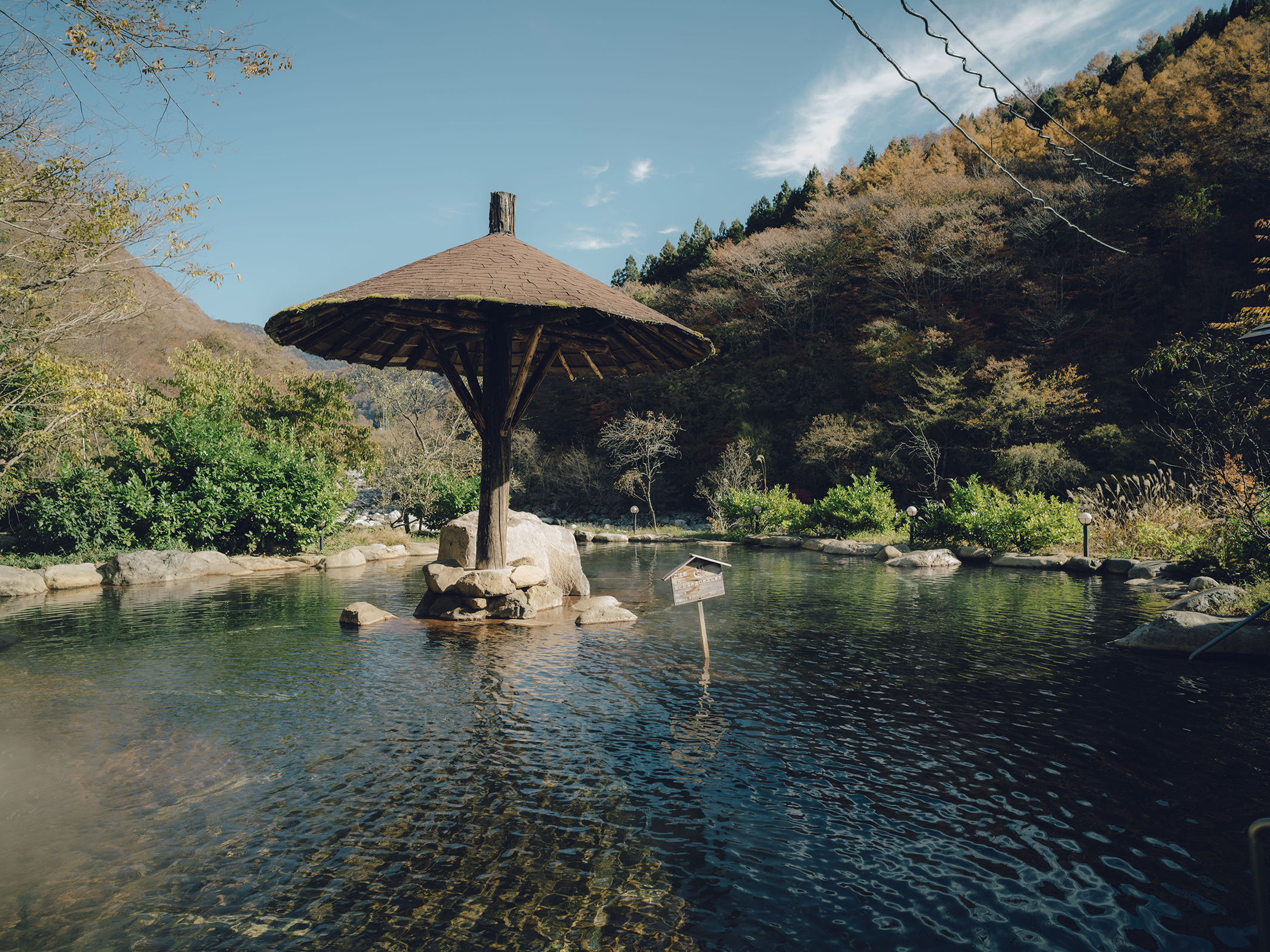
Going even further north into Gifu, Okuhida Onsen-go is a perfect choice for those who like their hot springs in more rugged surroundings. There’s a good variety of spring areas to choose from, allowing visitors to leisurely enjoy solitude in the mountains. Okuhida is actually a hot spring region spread out among the five towns of Hirayu, Shin-Hirayu, Tochio, Fukuji and Shin-Hotaka. According to legend, warriors discovered Hirayu Onsen in the 16th century when they saw a white monkey nursing a wound in the hot spring.
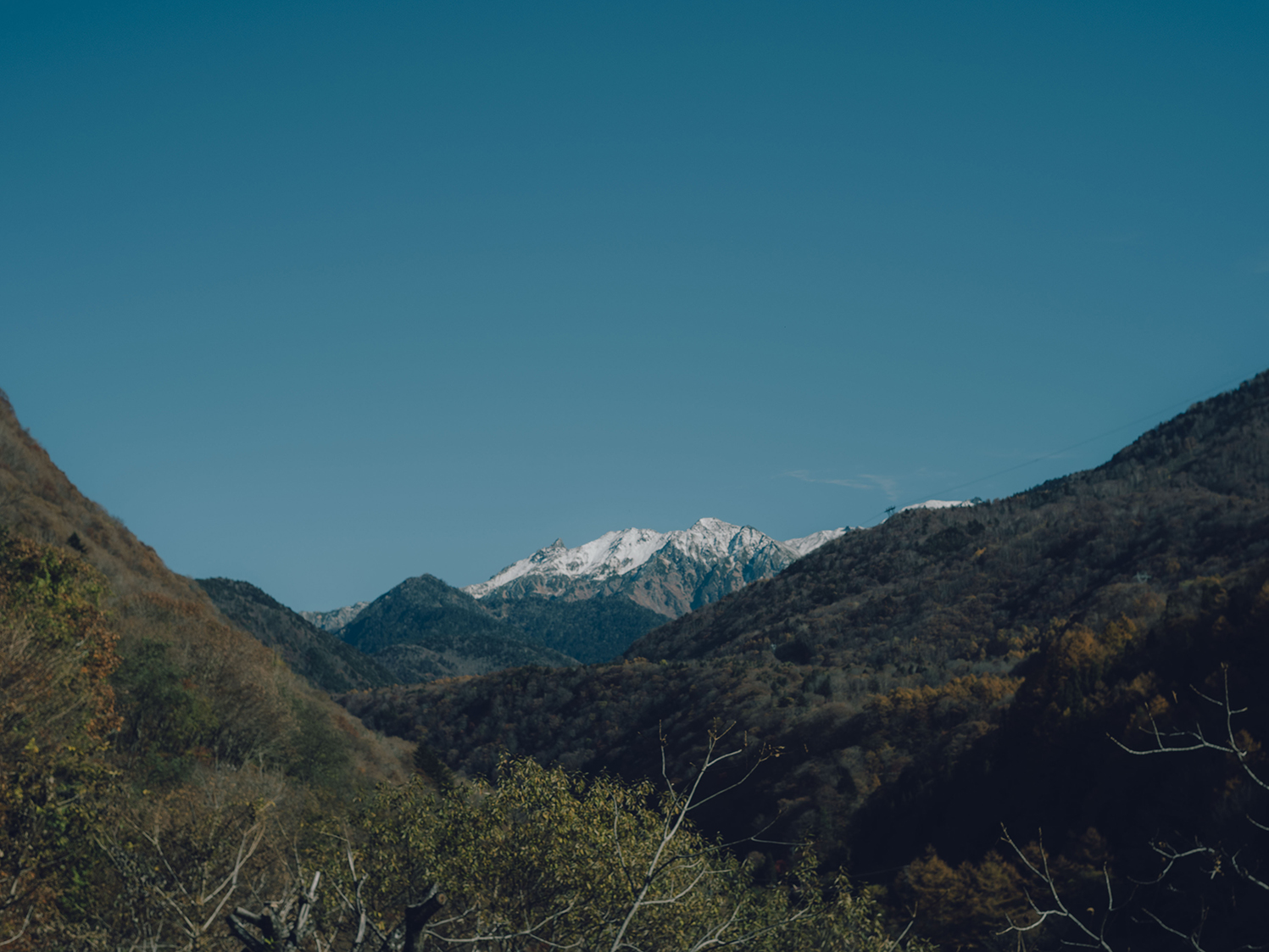
Today, the town is a small collection of hot springs of Japan and has a locally run ski resort on the slopes of Mt. Norikura. Shin-Hirayu Onsen is located across the Takahara River from Fukuji Onsen and features open-air springs that are prized for their relaxing atmosphere. Named after the many horse chestnut (tochi) trees that once grew in the area, Tochio Onsen is dominated by guest houses serving traditional folk cuisine featuring mountain vegetables and fresh river fish. Fukuji Onsen is another compact collection of inns and springs; it has bicarbonate springs that impart a silky-smooth feel to one’s skin. Shin-Hotaka is located farthest up the valley and nestles deep in the majestic North Japan Alps, dominated by the knife-like peak of Mt. Yarigatake, the fifth-tallest mountain in Japan at 3,180 meters.
To appreciate the natural surroundings to the fullest, two of the best vantage points are in Shin-Hotaka. The Kita Alps Bridge is a great canyon bridge measuring 150 meters long and standing at 70 meters over a tributary to the Takahara River. It provides spectacular panoramic views over the valley as well as the peaks to the west.
The bridge is also a gateway to the Shinhotaka Ropeway, a gondola that takes passengers to an observation deck and forested walkway at an elevation of 2,156 meters. Open even in winter, the rooftop deck at Nishihotakaguchi Station provides magnificent, 360-degree views of the Hotaka Mountains including Mt. Nishihotaka, Mt. Yarigatake and Mt. Kasagatake. It’s a Michelin Green Japan-starred experience that you won’t soon forget.
For a bit of shelter away from the cold, head to Fukuji Onsen. This compact riverside community is a collection of old farmhouses and other traditional structures that are over 100 years old. At Taranoki Izakaya, you can warm up the old fashioned way, not by relaxing in a hot spring but by sharing a meal around a traditional irori hearth – these can be sunken in a floor or set on a counter with seating. In traditional farmhouses, smoke from the fire would continuously waft up into the ceiling rafters, keeping pests and bugs out. Irori are the perfect place to enjoy a cup of hot sake, grilled ayu and local specialties like roasted gingko nuts and Hida-gyu steak.
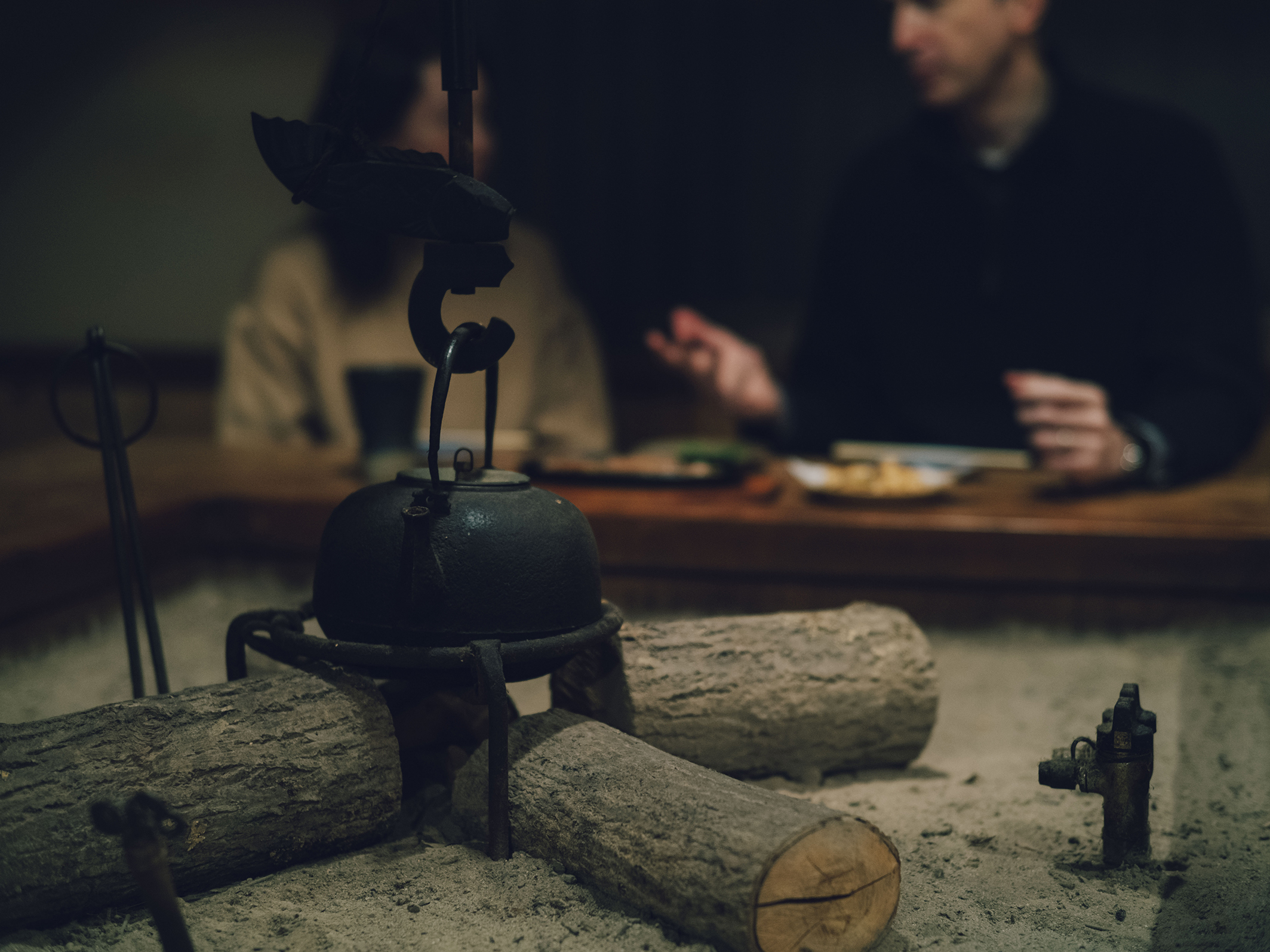
Downstream from the Shinhotaka Ropeway, you can find the Shin-Hotaka Onsen Yamano Hotel above the Takahara River. While it has a decidedly Western look and midcentury interior, it’s an example of the type of accommodations available locally. The Yamano has a mix of Japanese- and Western-style rooms, stunning views of the Shinhotaka peaks and the ropeway, and even its own mountain lift system: a small funicular that ferries guests to and from a riverside rotenburo. Here you can soak up the spectacle of the Japan Alps while melting your stress away to the sounds of the flowing river. It’s one of the best bath views in Japan, and surely one of the most soothing too.
“Here at Shin-Hotaka we have Japan’s most abundant springs, gushing out at 4,000 liters a minute,” says Kenichi Yamada, planning director at Shin-Hotaka Onsen Yamano Hotel. “The area also has the most rotenburo in the whole country.”
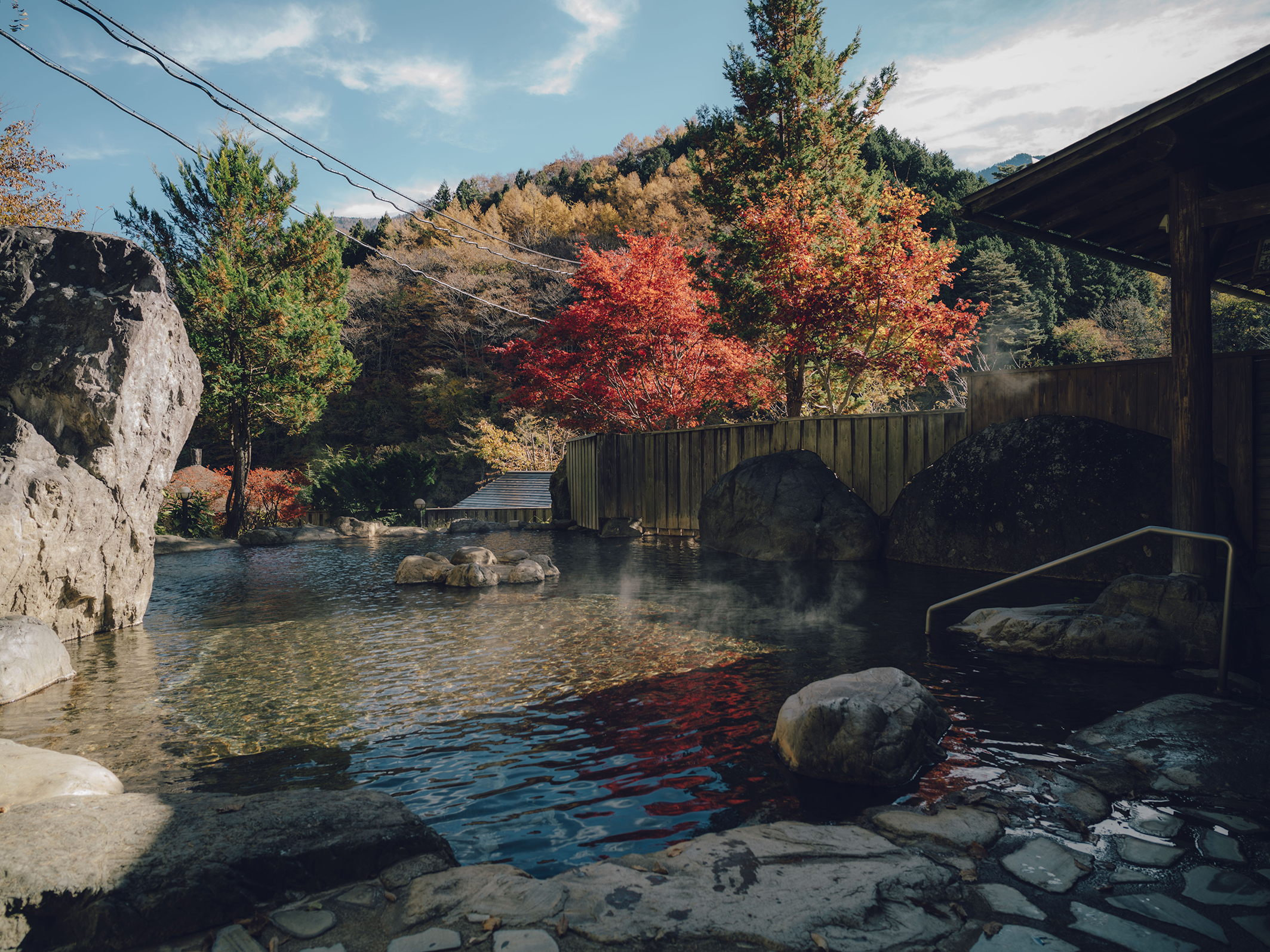
A visit to the area isn’t complete without a trip to Takayama City, the vibrant hub of this kingdom of hot springs. A city of some 88,000 people, it centers on the traditional shopping streets of the Takayama Historical District, lined with wooden shophouses, sake breweries and cafés. The Takayama Matsuri, held in mid-April and mid-October, is among the greatest of Japan’s festivals featuring colorful processions of elaborate wooden floats and karakuri ningyo dolls.
From the mountain springs of Okuhida to the riverside baths of Gero to Nagaragawa onsen and cormorant fishing, Gifu abounds with unique hot springs of Japan and regional traditions. So bring a towel and get ready to rest and relax in the very best that Japan has to offer, right here in Gifu.
